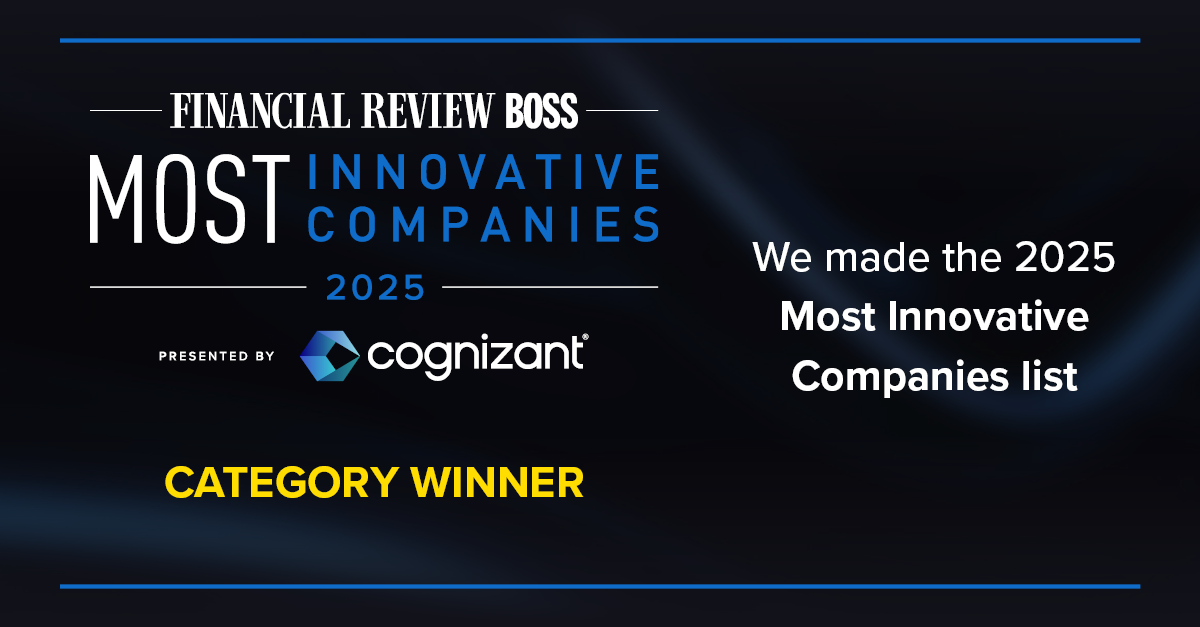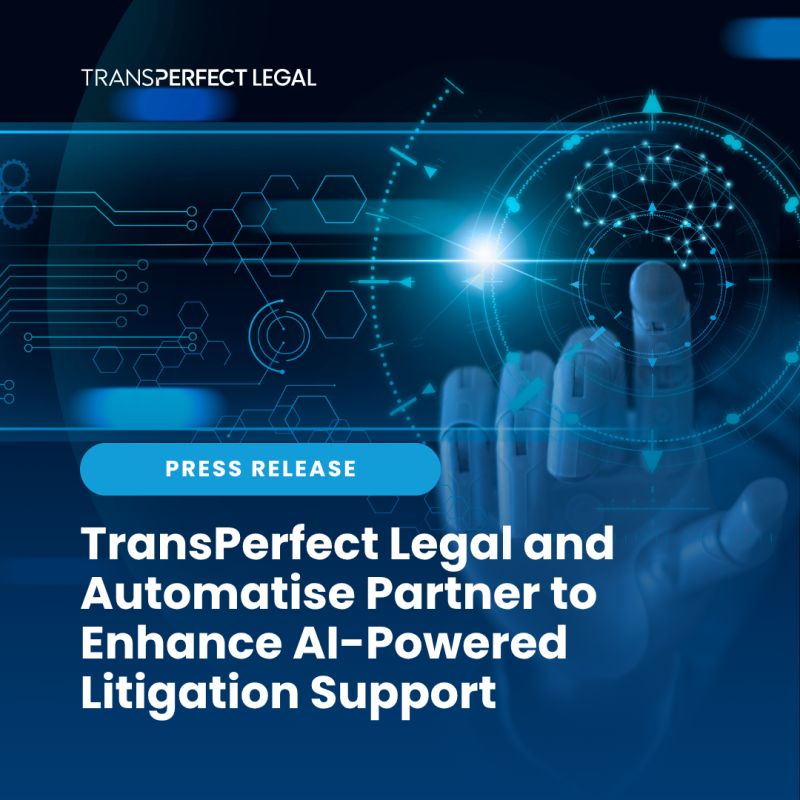
When the Documents Arrive at 4pm on Friday
Picture this: It's 4pm on a Friday. Your opponent just dropped 20,000 documents, a week before the hearing. Your team of four stares at the screen. You quietly bemoan the weekend plans, now evaporating. The barrister quietly does the maths: even at superhuman speed, properly reviewing these documents means 500 hours of work in 168 available hours.
An adjournment? Not an option. Your client's business is haemorrhaging while this dispute drags on. Every day of delay costs them market position, reputation, relationships they'll never recover.
This is where the gap between a generalist and a specialist AI becomes tangible.
The Specialist's Eye
In medicine, we understand intuitively why the neurosurgeon doesn't perform knee replacements. In law, we grasp why a leading silk commands the premium they do. They possess something beyond comprehensive legal knowledge. When they read a bundle of documents, they're simultaneously mapping arguments, spotting procedural vulnerabilities, and constructing cross-examinations. They turn information into ammunition and facts into fortifications.
In high stakes litigation, the parties don't brief the lawyer that drafted their wills or settled their investment property purchase. They call the leading silks who've spent decades mastering appellate advocacy. Because in litigation, the difference between competent and exceptional shows in outcomes.
Yet when it comes to AI, many vendors are offering digital generalists, analogous to asking your commercial partner to run a complex trial because law is law.
That Friday afternoon case isn't a hypothetical – it actually happened and I was called in to help with the set-up. When faced with that substantial late disclosure, the team sent the 20,000 documents to Cicero, which took about 3 hours to ingest all documents. Within an additional hour, it surfaced 7 very good (and completely new) reasons for this team not to put their client on the stand, as well as documentation that served as ammunition for a very uncomfortable line of inquiry against their opponent's lead witness. The lawyers still worked the weekend, but they reviewed and confirmed insights instead of searching for needles in a haystack, and after day one of the hearing the matter settled on favourable terms. Those insights materially influenced the approach to settlement negotiations which in the words of the barrister had a multi-million dollar impact.
Where Generalists Get Lost
General-purpose tools face inherent constraints when applied to litigation workflows. Accepting OCR friendly PDFs or word documents only is fine for a contract review, but unfeasible for a messy institutional risk dispute with records dating back to the 50s. Real litigation involves understanding complex host/attachment relationships: emails with embedded spreadsheets, scanned correspondence with handwritten annotations, audio recordings, and archived communications in obsolete formats, all of which require handling and interpretation by the AI. When platforms cannot process these interconnected files or preserve their relationships, lawyers still review everything manually.
A tool that provides broad overviews but skim over fine-grained admissions or contradictions that change cases is not fit for purpose. Without targeted guidance, they restate information instead of interrogating it. We have seen first-hand how a specialist AI allows users to anchor every passage to pleaded issues and automatically runs agentic flows to find corroborating or contradictory primary evidence, spotting internal inconsistencies and rebutting expert narratives, while a generalist requires an elaborate user prompt each time.
Configuration becomes a project in itself. Typical litigation matters raise 30 to 50 recurring questions around institutional risk, workers' compensation, and other dispute-specific patterns. A tool that also serves M&A, IP drafting, and conveyancing cannot match the simplicity of a library of pre-built dispute prompts. The same limitation appears in pre-production workflows. Before disclosure, firms must locate every instance of PII, privilege, trade secrets or other sensitive material across the entire corpus. Showing only the first match of PII within a document is inadequate; a specialist templated workflow sweeps each page and compiles a full list for review.
In discovery, Courts require auditable precision/recall metrics, disagreement reports, and manual QC hooks for technology-assisted reviews. Generalist AI do not capture these metrics, weakening their utility in this manually intensive phase. Even basic chronology generation exposes the divide: dumping every dated sentence yields a chronology that is simultaneously bloated and vague. A specialist chronology provided the key factual issues in a matter for relevance filters out noise and enriches with context, turning a haystack of dates into a litigator's roadmap.
What makes a Specialist Special
Pleadings (or responsive correspondence in the case of pre-litigated disputes) set the battlefield - a specialist litigation AI ingests them first and treats them as the master source of truth.
The result is a workflow where pleadings guide the entire review. Lawyers focus on strategy; a specialist handles structure.
The Benefits of Specialisation
The impact varies by dispute type, but the pattern is clear. In high-volume, lower-value matters such as insurance disputes, debt recovery, and employment claims, firms using Cicero report 70% reductions in document review time and 50-60% faster turnaround for initial advice letters. Junior lawyers, once properly trained on how to use the AI responsibly, focus on analysis rather than document trawling, while their supervising partners have full visibility over quality control ensuring that their team are actually reading underlying documents and not overly relying on AI generated summaries.
Matters that were barely viable become manageable. Teams handle larger caseloads without sacrificing quality.
In high-stakes litigation, specialisation proves its true worth. When you're defending a $50 million claim, finding the contradiction that undermines their damages model affects whether you settle at $30 million or $5 million – possible with a generalist AI, but requiring a higher level of skill in prompt engineering and a corpus that is in just the right file limits and formats. When you're pursuing a complex commercial dispute, surfacing evidence of unconscionable conduct buried in email threads can transform a weak contract claim into a winning equity case. These strategic advantages, worth millions, aren't reliably achievable through manual review and attempting the same feat with a tool optimised for contract review in an attempt to consolidate technology invites risk of losing an advantage to an opponent that opted for a specialist.
The Strategic Choice
The question revolves around whether you'll arm your litigators with tools that understand their craft or force them to wrestle with a jack of all trades.
In that Friday afternoon scenario, the generalist AI (if it could process the document volume) would have given that team a subset of summaries. A specialist gave them strategy and certainty. The generalist would have helped them work through the weekend. The specialist helped them win.
Do you brief a commercial solicitor to argue in the High Court against a top silk? Then why rely on a general purpose AI to prepare your case? In modern litigation, specialisation is no longer a luxury; it is essential.
Joseph Rayment is Automatise's CEO





